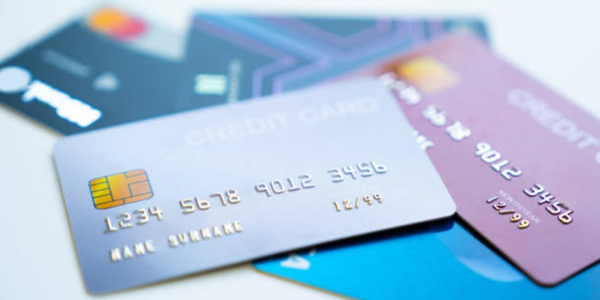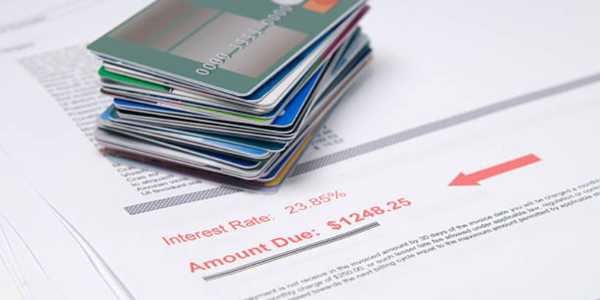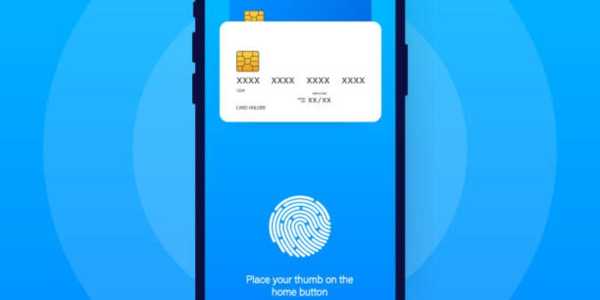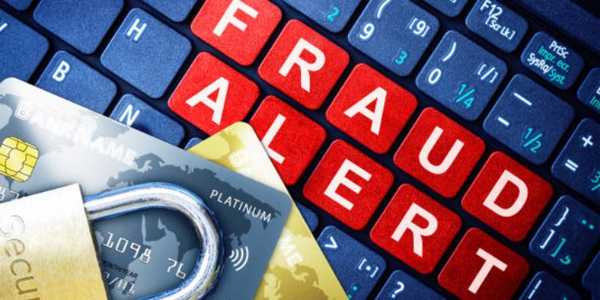Travel
The Future Of Credit Cards: Biometrics And Virtual Cards
Once upon a time, people were proud to flash their plastic cards. It felt modern, fast, and powerful. Swipe here, insert there, and just like that, a transaction is complete. But the world does not stop moving. What once felt new now feels outdated. The same piece of plastic that once carried convenience is slowly becoming a burden. Lost cards. Stolen information. Skimmers at gas stations. Passwords forgotten. Pins shared. The system is tired. And now, something new is coming for the throne.
Once upon a time, people were proud to flash their plastic cards. It felt modern, fast, and powerful. Swipe here, insert there, and just like that, a transaction is complete. But the world does not stop moving. What once felt new now feels outdated. The same piece of plastic that once carried convenience is slowly becoming a burden. Lost cards. Stolen information. Skimmers at gas stations. Passwords forgotten. Pins shared. The system is tired. And now, something new is coming for the throne.
Biometrics Are Not Science Fiction Anymore
There was a time when fingerprint scans and facial recognition belonged in spy movies. Not anymore. The identical fingerprints used to unlock a smartphone are being tested and used to approve purchases. Some banks and companies have already begun issuing biometric credit cards—cards equipped with built-in fingerprint sensors. No PINs. No signatures. Just a touch.
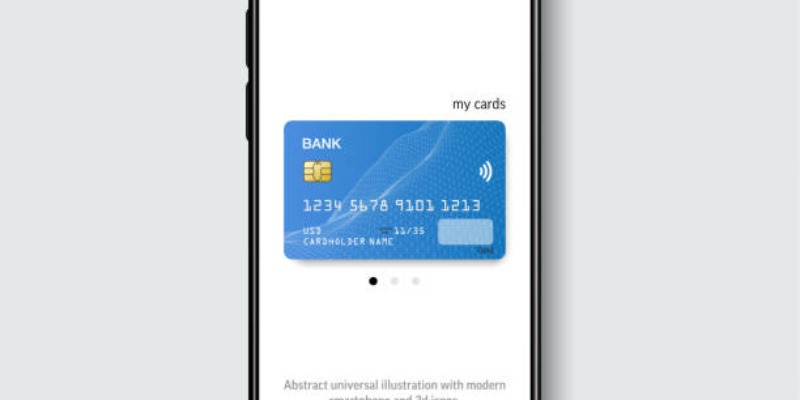
Facial recognition is also stepping into the game. Imagine walking into a store, grabbing what you want, and walking out. No checkouts. Cameras see your face. Systems know your card is linked. Payment is done. Whether it feels creepy or convenient is a matter of debate. But this is the reality knocking on the door.
Voice recognition is another piece of this puzzle. Some financial apps are already letting users make payments by simply speaking. The tech listens. It learns how a person talks. It picks up on tone, speed, and accent. It knows the speaker better than they even realize. This is the direction the wind is blowing.
Virtual Cards Are Taking Over
A virtual card does not exist in physical form. It resides on a phone or computer. It comes with a number, a CVV code, and an expiration date, just like a plastic card. But it can be changed or deleted instantly. That is the kind of flexibility a plastic card can never provide.
Online shoppers are the biggest winners here. Instead of using the same card repeatedly and risking their information each time, they can generate new virtual cards for each transaction. Some banks even allow users to set spending limits or expiration dates on these virtual cards. If a thief gets that number, it's useless by the next day.
These virtual cards are also great for subscriptions. No longer being charged for services that are no longer in use. If a user wants to end a service, they cancel the virtual card linked to that service. It is that easy.
Security Is Getting Smarter
Credit card fraud has been a growing problem for years. Hackers don't need to steal a wallet. They need a few numbers. With plastic cards, those numbers stay the same until the bank sends a new one. That's risky. One data breach exposes thousands of users. Biometrics and virtual cards change the game.
Biometric authentication ensures that only the cardholder can complete a transaction. Even if someone steals the card, they cannot use it without the fingerprint or facial match. That reduces fraud dramatically.
Virtual cards also help by giving unique numbers for different uses. If one number gets compromised, the rest stay safe—no need to call the bank and wait for days to get a new card. Just delete the old number and create a new one.

Even better, some systems are combining both—biometrics to confirm the user and virtual numbers to protect the transaction. That’s like locking a door and hiding it behind a wall.
The Death of PINs and Passwords
People have been told for years to use strong passwords. Mix letters. Use numbers. Add symbols. But people are tired. They forget passwords. They write them down. They reuse them across websites. That’s a recipe for disaster.
Biometrics can make all that go away. A fingerprint cannot be forgotten. A face cannot be guessed. The security is tied to the person, not a word or code. The world is moving toward a place where no one will need to type out long strings of characters to prove who they are. They will show up.
Even for virtual cards, fingerprint or facial recognition approval can be added before payment is processed. Two steps. Two barriers. One secure system.
The Wallet Is Moving to the Phone
Fewer people are carrying wallets these days. Mobile payment apps are turning phones into financial centres. Credit cards are being stored inside these apps. With just a tap or scan, a purchase is done.
This shift is also helping with budgeting. Apps can track spending in real-time real-time, send alerts, and even block purchases based on set limits. That's something a plastic card can't do on its own.
As virtual cards become more common, mobile wallets are the perfect homes for them. Users can carry many cards, switch between them, and still walk around without anything in their pockets.
Are People Ready for This Change?
Although these changes bring increased security and convenience, not everyone is quick to adopt them. Some worry about privacy. Fingerprints, voiceprints, and facial scans are all personal data. What if they get stolen, too? What if companies misuse them?
These are fair questions. But the truth is that the systems being built are making it harder for such data to be misused. Biometric data is often stored in secure devices and not uploaded to the cloud. Companies are being encouraged to adhere to stricter privacy rules and provide users with greater control over their personal information.
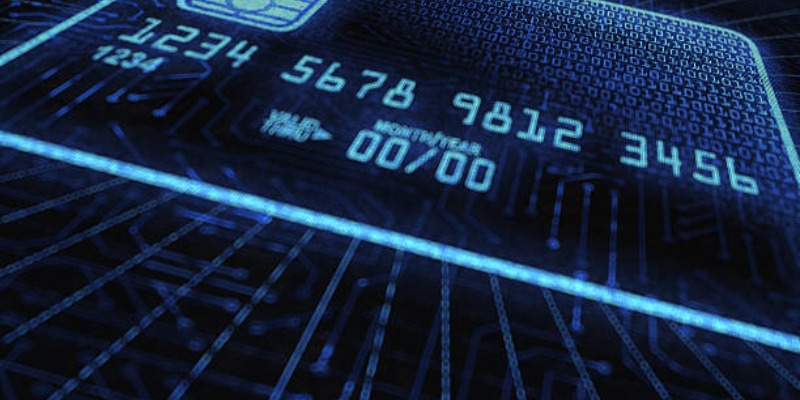
Still, there will always be a group of people who prefer the old ways. They will keep using plastic cards. They will keep entering passwords. But slowly, even they will see the benefits of change. As fraud decreases and convenience rises, more people will make the switch.
What This Means for Everyday Life
In the coming years, shopping is expected to undergo significant changes. Not just online but also in stores. The checkout process will get faster. Payment will become something that happens in the background. People will not need to pull out cards, punch numbers, or even touch anything.
Kids born today might grow up not knowing what a traditional credit card looks like. To them, payments will always be done with a touch or a glance. That is the future forming right now.
Banks and credit card companies are racing to stay ahead of the competition. They are investing in technology, training their staff, and updating their systems. They know the old way is fading, and the new one is rising.
People who start adjusting now will be better prepared for what is coming. It's not just about having a new gadget. It's about protecting personal finances, spending smarter, and staying ahead in a world that's not waiting for anyone.
The future of credit cards is not just cards anymore. It is fingerprints. It is faces. It is voiced. It is numbers that change like passwords. The future is already here—it's just becoming more obvious every day.
Trending



